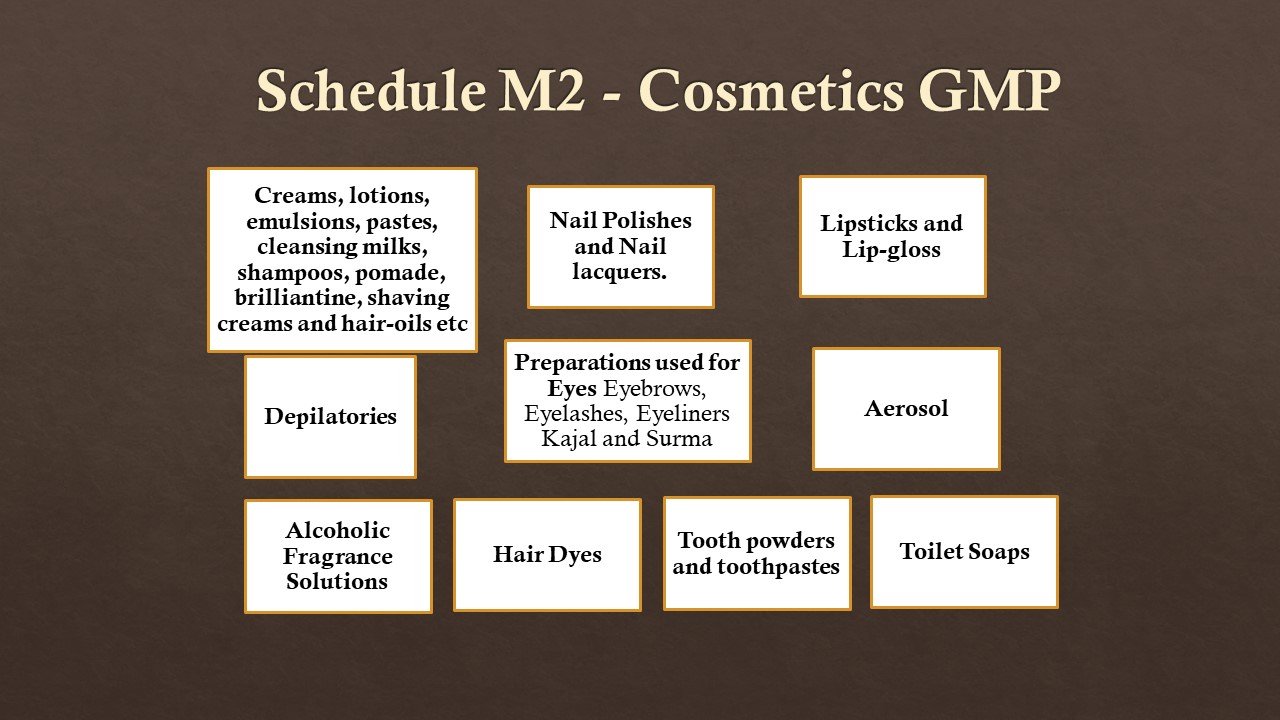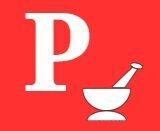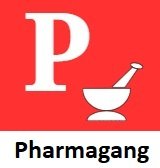Schedule M 2 of drugs and cosmetics rules define the GMP requirements for cosmetics manufacturing in India. It defines Good Manufacturing Practices and requirements of premises, plant and equipment for various type of cosmetics.
Schedule M2 is titled as ” Requirements Of Factory Premises For Manufacture Of Cosmetics “.

I. GENERAL REQUIREMENTS
(A) Location and surroundings.–The factory shall be located in a sanitary place and hygienic conditions shall be maintained in the premises. Premises shall not be used for residence or be interconnected with residential area. It shall be well ventilated and clean.
(B) Buildings.– The buildings used for the factory shall be constructed so as to permit production under hygienic conditions and not to permit entry of insects, rodents, files, etc.
The walls of the room in which manufacturing operations are carried out, shall be up to a height of six feet from the floor, be smooth, waterproof and capable of being kept clean. The flooring shall be smooth, even and washable and shall be such as not to permit retention or accumulation of dust.
(C) Water supply: – The water used in manufacture shall be of potable quality.
(D) Disposal of water. – Suitable arrangements shall be made for disposal of waste-water.
(E) Health, clothing and sanitary requirements of the staff.– All workers shall be free from contagious or infectious diseases. They shall be provided with clean uniforms, masks, headgears, and gloves wherever required. Washing facilities shall also be provided.
(F) Medical Services. – Adequate facilities for first aid shall be provided.
(G) Work benches shall be provided for carrying out operations such as filling, labelling, packing, etc. Such benches shall be fitted with smooth, impervious tops capable of being washed.
(H) Adequate facilities shall be provided for washing and drying of glass containers if the same are to be used for packing the product.
II. REQUIREMENTS OF PLANT AND EQUIPMENT
The following equipment, area and other requirements are recommended for the manufacture of: −
A. Powders:− Face powder, cake make-up, compacts, face packs, masks and rouges, etc.
1. Equipment:
(a) Powder mixer of suitable type provided with a dust collector.
(b) Perfume and colour blender.
(c) Sifter with sieves of suitable mesh size.
(d) Ball mill or suitable grinder.
(e) Trays and scoops (stainless steel).
(f) Filling and sealing equipment provided with dust extractor.
(g) For compacts: –
(i) a separate mixer, (ii) compact pressing machine.
(h) Weighing and measuring devices
(i) Storage tanks.
An area of 15 square meters is recommended. The section is to be provided with adequate exhaust fans.
B. Creams, lotions, emulsions, pastes, cleansing milks, shampoos, pomade, brilliantine, shaving creams and hair-oils etc.
(a) Mixing and storage tanks of suitable materials.
(b) Heating kettle – steam, gas or electrically heated.
(c) Suitable agitator.
(d) Colloidal mill or homogeniser (wherever necessary).
(e) Triple roller mill (wherever necessary).
(f) Filling and sealing equipment.
(g) Weighing and measuring devices.
An area of 25 square meters is recommended.
C. Nail Polishes and Nail lacquers.
1. Equipment:
(a) A suitable mixer.
(b) Storage tanks.
(c) Filling machine – hand operated or power driven.
(d) Weighing and Measuring devices.
An area of 15 square meters is recommended. The section shall be provided with flameproof exhaust system.
2. Premises:–The following are the special requirements related to Nail Polishes and Nail Lacquers: –
(a) It shall be situated in an industrial area.
(b) It shall be separate from other cosmetic-manufacturing areas by metal/brick partition up to ceiling.
(c) Floors, walls, ceiling and doors shall be fireproof.
(d) Smoking, cooking and dwelling shall not be permitted and no naked flame shall be brought in the premises.
(e) All electrical wiring and connections shall be concealed and main electric switch shall be outside the manufacturing area.
(f) All equipment, furniture and light fittings in the section shall be flameproof.
(g) Fire extinguisher like foam and dry powder and sufficient number of buckets containing sand shall be provided.
(h) All doors of the section shall open outwards.
3. Storage:
All explosive solvents and ingredients shall be stored in metal cupboards or in a separate enclosed area.
4. Manufacture:
(a) Manufacture of lacquer shall not be undertaken unless the above conditions are complied with.
(b) Workers shall be asked to wear shoes with rubber soles in the section.
5. Other requirements:
No objection certificate from the local Fire Brigade Authorities shall be furnished.
D. Lipsticks and Lip-gloss, etc.
1. Equipment
(a) Vertical mixer.
(b) Jacketted kettle – steam, gas or electrically heated.
(c) Mixing vessel (stainless steel).
(d) Triple roller mill/Ball mill.
(e) Moulds with refrigeration facility.
(f) Weighing and measuring devices.
An area of 15 square meters is recommended.
E. Depilatories.
1. Equipment:
(a) Mixing tanks.
(b) Mixer
(c) Triple roller mill or homogeniser (where necessary).
(d) Filling and sealing equipment.
(e) Weighing and measuring devices.
(f) Moulds (where necessary).
An area of 10 square meters is recommended.
F. Preparations used for Eyes: – Such preparations shall be manufactured under strict hygienic conditions to ensure that these are safe for use.
1. Eyebrows, Eyelashes, Eyeliners, etc.
1 Equipment:
(a) Mixing tanks.
(b) A suitable mixer.
(c) Homogeniser (where necessary) (d) Filling and sealing equipment.
(e) Weighing and measuring devices.
An area of 10 square meters is recommended.
2. Kajal and Surma
1. Equipment:
(a) Base sterilizer.
(b) Powder sterilizer (dry heat oven). (c) Stainless steel tanks.
(d) A suitable Mixer.
(e) Stainless steel sieves.
(f) Filling and sealing arrangements.
(g) Weighing and measuring devices.
(h) Homogeniser (where necessary).
(i) Pestle and Mortar (for Surma).
An area of 10 square meters with a separate area of 5 square meters for base sterilization is recommended.
Other requirements for 1 and 2:
(a) False ceiling shall be provided wherever required.
(b) Manufacturing area shall be made fly proof. An airlock or an aircurtain shall be provided.
(c) Base used for Kajal shall be sterilized by heating the base at 150 degree C for required time in a separate enclosed area.
(d) The vegetable carbon black powder shall be sterilized in a drying oven at 120 degree C for required time.
(e) All utensils used for manufacture shall be of stainless steel and shall be washed with detergent water, antiseptic liquid and again with distilled water.
(f) Containers employed for ‗Kajal‘ shall be cleaned properly with bactericidal solution and dried.
(g) Workers shall put on clean overalls and use hand gloves wherever necessary.
G. Aerosol.
1. Equipment: –
(a) Air-compressor (wherever necessary).
(b) Mixing tanks.
(c) Suitable propellant filling and crimping equipments.
(d) Liquid filling unit.
(e) Leak testing equipment.
(f) Fire extinguisher (wherever necessary)
(g) Suitable filtration equipment.
(h) Weighing and measuring devices.
An area of 15 square meters is recommended.
2. Other requirements: – No objection certificate from the Local Fire Brigade Authorities shall be furnished.
H. Alcoholic Fragrance Solutions.
Equipment: –
(a) Mixing tanks with stirrer
(b) Filtering equipment.
(c) Filling and sealing equipment.
(d) Weighing and measuring devices.
An area of 15 square meters is recommended.
I. Hair Dyes.
Equipment:
(a) Stainless steel tanks.
(b) Mixer.
(c) Filling Unit.
(d) Weighing and measuring devices
(e) Masks, gloves and goggles.
An area of 15 square meters with proper exhaust is recommended.
J. Tooth powders and toothpastes, etc.
1. Tooth-powder in General. Equipment:
(a) Weighing and measuring devices.
(b) Dry mixer (powder blender).
(c) Stainless steel sieves.
(d) Powder filling and sealing equipments.
An area of 15 square meters with proper exhaust is recommended.
2. Toothpastes.
Equipment:
(a) Weighing and measuring devices.
(b) Kettle – steam, gas or electrically heated (where necessary).
(c) Planetary mixer with de-aerator system.
(d) Stainless steel tanks.
(e) Tube filling equipment.
(f) Crimping machine.
An additional area of 15 square meters with proper exhaust is recommended.
3. Tooth-powder (Black) Equipment:
(a) Weighing and measuring devices.
(b) Dry mixer powder blender.
(c) Stainless steel sieves.
(d) Powder filling arrangements.
An area of 15 square meters with proper exhaust is recommended. Areas for manufacturing ―Black‖ and ―White‖ tooth powders should be separate.
K. Toilet Soaps:
Equipment: –
(a) Kettles/pans for saponification.
(b) Boiler or any other suitable heating arrangement.
(c) Suitable stirring arrangement.
(d) Storage tanks or trays.
(e) Driers.
(f) Amalgamator/chipping machine.
(g) Mixer.
(h) Triple roller mill.
(i) Granulator.
(j) Plodder.
(k) Cutter.
(l) Pressing, stamping and embossing machine.
(m) Weighing and measuring devices.
A minimum area of 100 square meters is recommended for the small-scale manufacture of toilet soaps.
The areas recommended above are for basic manufacturing of different categories of cosmetics. In addition to that separate adequate space for storage of raw materials, finished products, packing materials shall be provided in factory premises.1[***]
Note No. I−The above requirements of the Schedule are made subject to modification at the discretion of the Licensing Authority, if he is of the opinion that having regard to the nature and extent of the manufacturing operations it is necessary to relax or alter them in the circumstances of a particular case.
Note No. II.−The above requirements do not include requirements of machinery, equipments and premises required for preparation of containers and clousers of different categories of cosmetics. The Licensing Authority shall have the discretion to examine the suitability and adequacy of the machinery, equipments and premises for the purpose of taking into consideration of the requirements of the licensee.
Note No. III.−Schedule M-II specifies equipments and space required for certain categories of cosmetics only. There are other cosmetics items, viz. Attars, perfumes, etc., which are not covered in the above categories. The Licensing Authority shall, in respect of such items or categories of cosmetics have the discretion to examine the adequacy of factory premises, space, plant and machinery and other requisites having regard to the nature and extent of the manufacturing operations involved and direct the licensee to carry on necessary modification in them.
Download Schedule M, M1, M2, M3 GMP Pdf
Schedule M, Schedule M1 and M3 are different from Schedule M2.
Difference Between Schedule M, M1, M2, M3 GMP, Drugs & Cosmetics Act
You should note that Schedule M, M1, M2, M3 define good manufacturing practice for India.
However if target market is USA and Europe then pharmaceutical Industry need to follow the USFDA cGMP and ICH Guidelines.
Similarly if target market is mostly developing countries then WHO GMP guidelines are followed in most of them.

